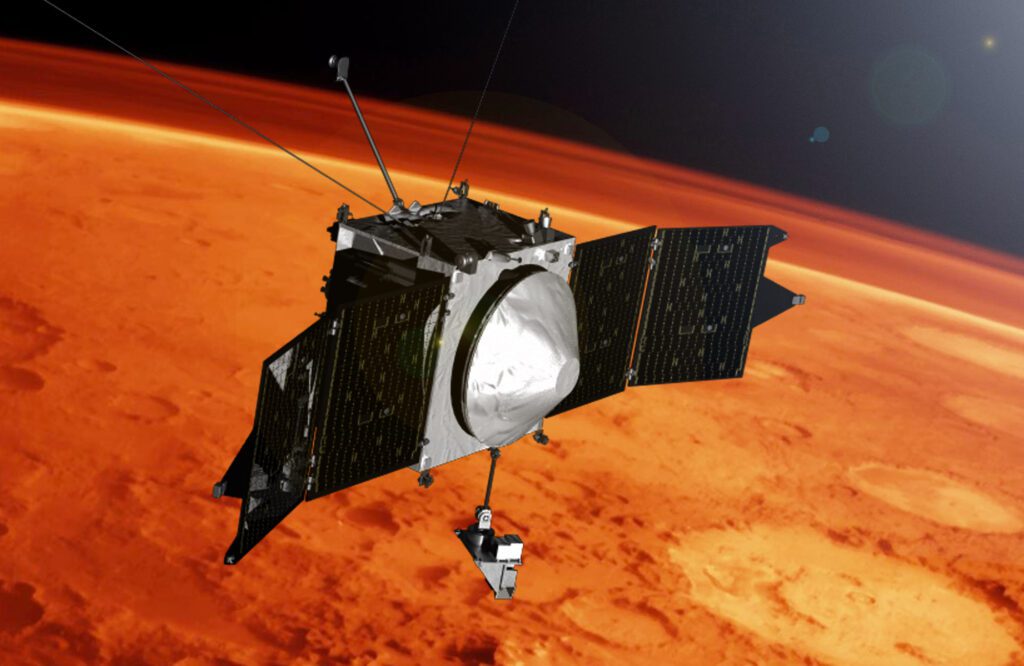It takes billions of dollars and significant effort before a spacecraft can be launched into space. Checks, double checks, and triple checks are often done to ensure a successful launch and trip into outer space. Errors are inevitable, but did you know that a straightforward miscalculation cost NASA $193 million?
In 1999, NASA lost the Mars Climate Orbiter because of a simple mathematical error. Engineers used English measurements as opposed to the metric system NASA’s standardly used.
The Launch of Mars Climate Orbiter
The Mars Surveyor 1998 program was launched for scientists to gather information on specific details about Mars, like its weather, climate, and water and carbon dioxide contents. The program’s goal was to understand the behavior of the atmospheric role of volatiles while searching for evidence of long-term and episodic changes.
In order to complete the program, the team decided to use two separate orbiters, the Mars Climate Orbiter and the Mars Polar Lander. The Orbiter’s objectives were to monitor the daily weather and atmospheric conditions of Mars, record changes on the planet’s surface due to wind and other atmospheric effects, determine temperature profiles, water vapor, and dust content of the atmosphere, and look for evidence of climate changes.
The Orbiter had two main instruments to allow it to complete its objectives. The Mars Climate Orbiter Color Imager (MARCI) was designed to obtain atmospheric weather and high-resolution surface images and serve as a data relay for the Mars Polar Lander and other future NASA and international lander missions to Mars. The Pressure Modulated Infrared Radiometer (PMIRR), on the other hand, will measure the atmospheric temperature, water vapor abundance, and dust concentration.
On December 11, 1998, the Orbiter was launched from Pad A of the Launch Complex 17 at Cape Canaveral Air Station in Florida. It cruised the earth’s orbit before proceeding to go to Mars. (Source: NASA)
How Did NASA Lose the Orbiter?
The Orbiter burned and shattered into pieces during its ten-month voyage and orbit around Mars. Upon investigation, NASA found out why the robotic space probe failed and cost them about $193 million. The cause of the malfunction was a simple translation of calculations when propulsion engineers at Lockheed Martin Astronautics used the English system in calculating the amount of force they needed for the Orbiter.
It was a simple error of the contractors, failing to contractually fulfill the requirement that they had to convert from the English system to metric system, the system used by NASA. When the engineers at NASA’s Jet Propulsion lab received the designs, they automatically assumed that the conversion was done and didn’t make any secondary checks anymore.
This led to the issue in the software controlling the Orbiter’s thrusters. The software calculated the force the thrusters needed to exert was in pounds of force, while the second piece of the code that reads this data assumed that it was newtons per square meter.
The error was virtually undetectable during the initial computer models and the Orbiter’s ten-month trip. But it did cause the probe to orbit dangerously close to Mars’ orbit, where it presumably burned and broke into pieces. (Source: Simscale)
